Today I was supposed to launch an OC card at 3 pm, but unfortunately FedEx prevented that (once again). The card only arrived after traveling the world for over a week. This is exactly why we now have Plan G like Gainward and thus the RTX 4070 Ti Super Panther OC 16 GB MSRP as a replacement. Whereby the replacement is actually almost unfair, because this card is actually also completely sufficient. I’ll explain why later.
It is an MSRP card and thus also priced at an RRP of 889 euros, but offers significantly more cooler than the MSI card tested yesterday. However, the final opponent of this new GeForce RTX 4070 Ti Super is AMD’s Radeon RX 7900XT from ASRock, which is currently available from 759 euros, sometimes even a little less. And this is precisely what makes the Ti Super launch so difficult from a customer perspective. With a difference of at least 130 euros, you are once again clearly in the no man’s land of the evergreen price jungle. However, I will go into this again on the last page.
For technical reasons, the comparison to the RTX 3000 series is therefore missing again today, but it was more important to me, as I already wrote, to first test all new cards from NVIDIA and AMD with a new system, more suitable games and new drivers completely from scratch. The now second mainboard of the old system had unfortunately also given up the ghost after the first new benchmarks (certainly not unexpected after over 100 graphics card and CPU changes), but unfortunately a replacement could not be found so quickly. That’s why I switched to a private Core i9-13900K, which I could easily raise to KS level and thus also to the level of an i9-14900K. Sometimes binning pays off after all.
Today, I am testing the Gainward card in its delivery state as a representative of the MSRP cards, whereby it is representative of the entire 285-watt class of so-called MSRP cards, as the performance is identical. OC is therefore not an issue today, as the power limit cannot be raised.
Important foreword
Of course, as usual, there are many benchmarks, the comprehensive teardown, a very elaborate board, cooler and material analysis with some reverse engineering, as well as the analysis of power consumption and load peaks, including a suitable power supply recommendation. As I know that many colleagues will also repeat all the technical details and theory, which have already been presented in various snippets, I’ll save myself the trouble today and just briefly refer to the data already known. After all, you want to see real figures today and not PR fireworks. The specs will follow shortly, of course.
The card tested today carries a chip from week 33 of 2023 in the form of the AD103-275-A1.
The AD 103-275 and the new Ada architecture
The NVIDIA GeForce RTX 4070 Ti SUPER is primarily delivered with the AD103-275 SKU, but the rumored AD102-175 GPU (different board, PG141 SKU 323) is also possible. However, both variants are equipped with a total of 8,448 cores and 48 MB L2 cache. The graphics card will have 16 GB GDDR6X memory, which corresponds to a VRAM upgrade of 4 GB compared to the RTX 4070 Ti Non-SUPER and thus support a 256-bit bus interface. The graphics card has a TBP of 285 watts, which in turn corresponds to the value of the non-SUPER variant.
On paper, the NVIDIA GeForce RTX 4070 Ti SUPER 16 GB GPU offers an average performance increase of 10% over the non-SUPER variant and is expected to compete well with the Radeon RX 7900 XT and yes, AMD is not only picking up the gauntlet but has drastically reduced the price of the RX 7900XT to do so. However, as with the non-SUPER cards, there will be no NVIDIA’s own Founders Edition (FE), only AIC cards, the representative of which I am testing today.
The 66 (instead of 60) 3rd generation RT cores offer up to twice the ray tracing performance, while Shader Execution Reordering (SER) also improves ray tracing operations by a factor of two. In addition, there are a total of 264 texture units (TU) and 96 ROPs. The L2 cache is 48 MB in size and, like the GeForce RTX 4070 Non-Super, the card uses the familiar 16 GB GDDR6X with 10500 MHz clock, but this time on a suitable 256-bit interface, which corresponds to a data rate of 21 Gbps and a bandwidth of 627 GB/s. The card also offers only one NVDEC (decoder) instead of four, but at least two NVENC (encoders). The AV1 encoder is said to work up to 40% more efficiently than H.264.
The card still relies on a PCIe Gen. 4 interface and only for the external power connection with the 12VHPWR connector (12 4 pin) on an element of the PCIe Gen. 5 specification. The TDP is 285 watts and can be increased even further depending on the board partner.
| RTX 4080 Super | RTX 4080 | RTX 4070 Ti Super | RTX 4070 Ti | RTX 4070 Super | RTX 4070 | |
|---|---|---|---|---|---|---|
| GPU | AD103 | AD104 | ||||
| Transistors | 45.9 billion | 35.8 billion | ||||
| The size |
379 mm² | 295 mm² | ||||
| SM | 80 | 76 | 66 | 60 | 56 | 46 |
| FP32-ALUs | 10.240 | 9.728 | 8.448 | 7.680 | 7.168 | 5.888 |
| RT Cores | 80, 3rd Gen | 76, 3rd Gen | 66, 3rd Gen | 60, 3rd Gen | 56, 3rd Gen | 46, 3rd Gen |
| Tensor Cores | 320, 4th Gen | 304, 4th Gen | 264, 4th Gen | 240, 4th Gen | 224, 4th Gen | 184, 4th Gen |
| Base Clock | tbc | 2.210 MHz | 2340 MHz | 2.310 MHz | 1.980 MHz | 1.920 MHz |
| Boost Clock | tbc | 2.510 MHz | 2610 MHz | 2.610 MHz | 2.475 MHz | 2.475 MHz |
| FP32-Perf | 52 TFLOPS | 48.8 TFLOPS | 44 TFLOPS | 40.1 TFLOPS | 35 TFLOPS | 29.1 TFLOPS |
| L2 cache | 64 MB | 48 MB | 48 MB | 32 MB | ||
| Memory | 16 GB GDDR6X | 12 GB GDDR6X | ||||
| Throughput | 23 Gbps | 22.4 Gbps | 21 Gbps | |||
| Interface | 256 bit | 192 bits | ||||
| Bandwidth | 736 GB/s | 717 GB/s | 672 GB/s | 504 GB/s | ||
| Video engine | 2 × NVENC (8th Gen) 1 × NVDEC (5th Gen) |
1 × NVENC (8th Gen) 1 × NVDEC (5th Gen) |
||||
| TDP | 320 watts | 285 watts | 220 watts | 200 watts | ||
| RRP (DE) | 1.109 Euro | 1.329 Euro | 889 Euro | 899 Euro | 659 Euro | 659 Euro |
The Gainward RTX 4070 Ti Super Panther OC 16 GB in detail
The card weighs a whopping 1480 grams and is a real black brick in terms of weight. However, the length of 33 cm is more than ample and the height of 12.5 cm is also above the standard dimension of 10 cm. In addition, the height means that you have to use the great 12VHPWR adapter, but it makes do with 2x 6 2-pin PCIe outputs. The installation depth is a full 6 cm plus the 5 mm for the backplate attachment on the rear. This makes it a 3-slot card.
The pitch-black look is certainly not to everyone’s taste, but is well known, along with the design language of the fan, cover and slot bracket. Gainward also uses a single BIOS and if you want to overclock a little, you have to use a suitable tool for the clock, even if the power limit is fixed. The feel is due to the material and is rather mediocre, but at least it is not obtrusive. Incidentally, there is also an exciting material analysis waiting for you.
You can not only plug power into the card, but also video connections. There are four of them, to be precise: three DisplayPort 1.4a and one HDMI 2.1a. This is a shame, especially for DisplayPort, when it comes to the new specifications. A missed opportunity, unfortunately. And with HDMI, you have to play around with the compression from 4K onwards if you want to go above 120 Hz.
That’s this first page done and we’re slowly getting ready for the test.
- 1 - Introduction, technical data and technology
- 2 - Test system and measuring equipment
- 3 - Teardown: PCB, components and cooler
- 4 - Teardown: Material analysis
- 5 - Gaming Performance FHD (1920 x 1080)
- 6 - Gaming-Performance WQHD (2560 x 1440)
- 7 - Gaming Performance Ultra-HD (3840 x 2160)
- 8 - Details: Power consumption and load distribution
- 9 - Load peaks, cutting and power supply recommendation
- 10 - Temperatures, clock rates and infrared analysis including pad mod
- 11 - Fan curves and noise
- 12 - Summary and conclusion















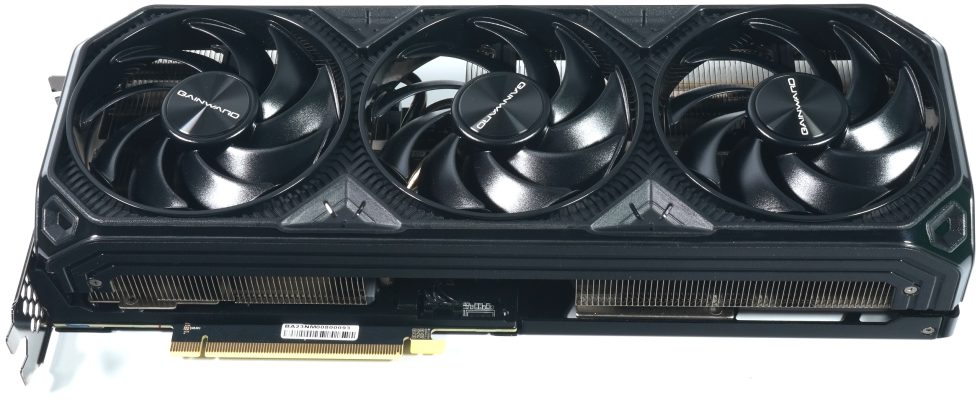
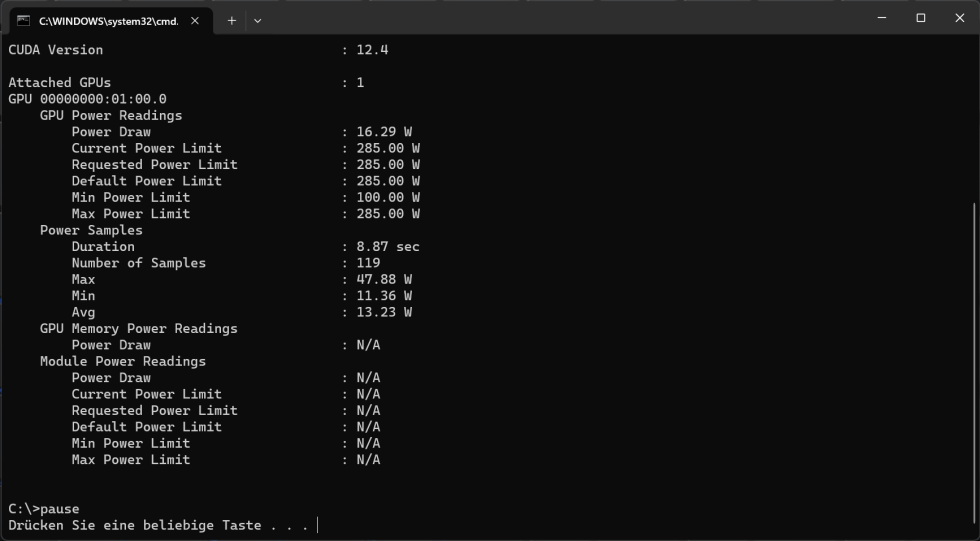
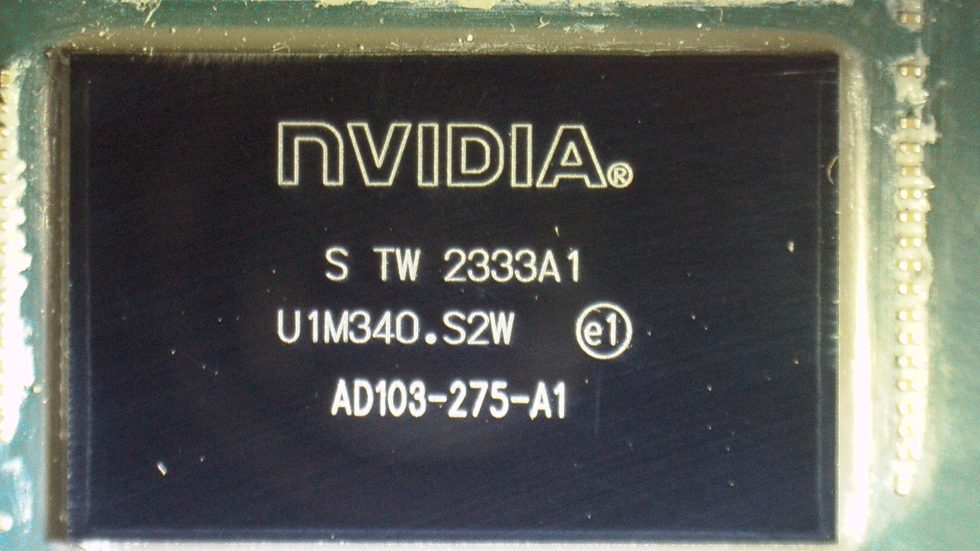

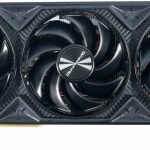
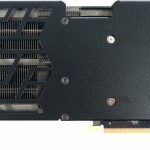
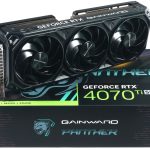
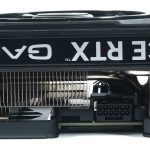

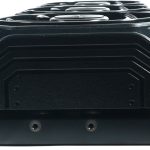
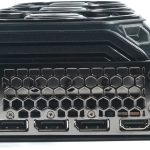

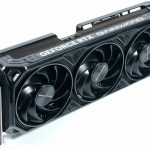
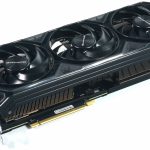
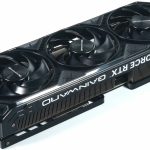
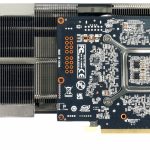
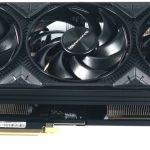
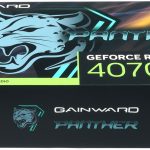



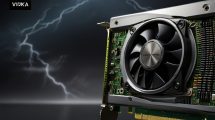
















45 Antworten
Kommentar
Lade neue Kommentare
Mitglied
1
Veteran
Mitglied
Neuling
Urgestein
Urgestein
1
Mitglied
1
Mitglied
Urgestein
Mitglied
Veteran
Urgestein
Mitglied
Urgestein
Veteran
Alle Kommentare lesen unter igor´sLAB Community →